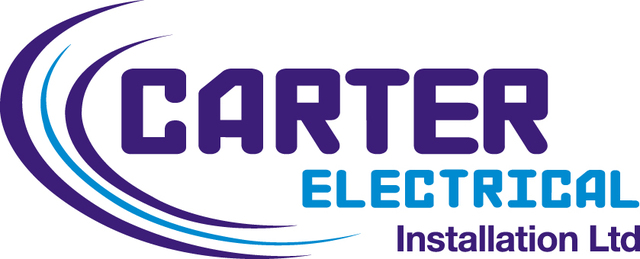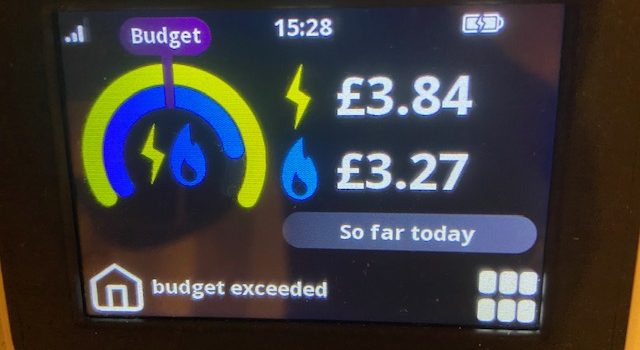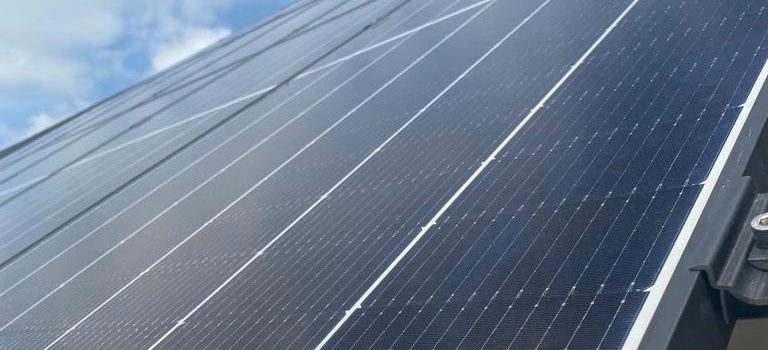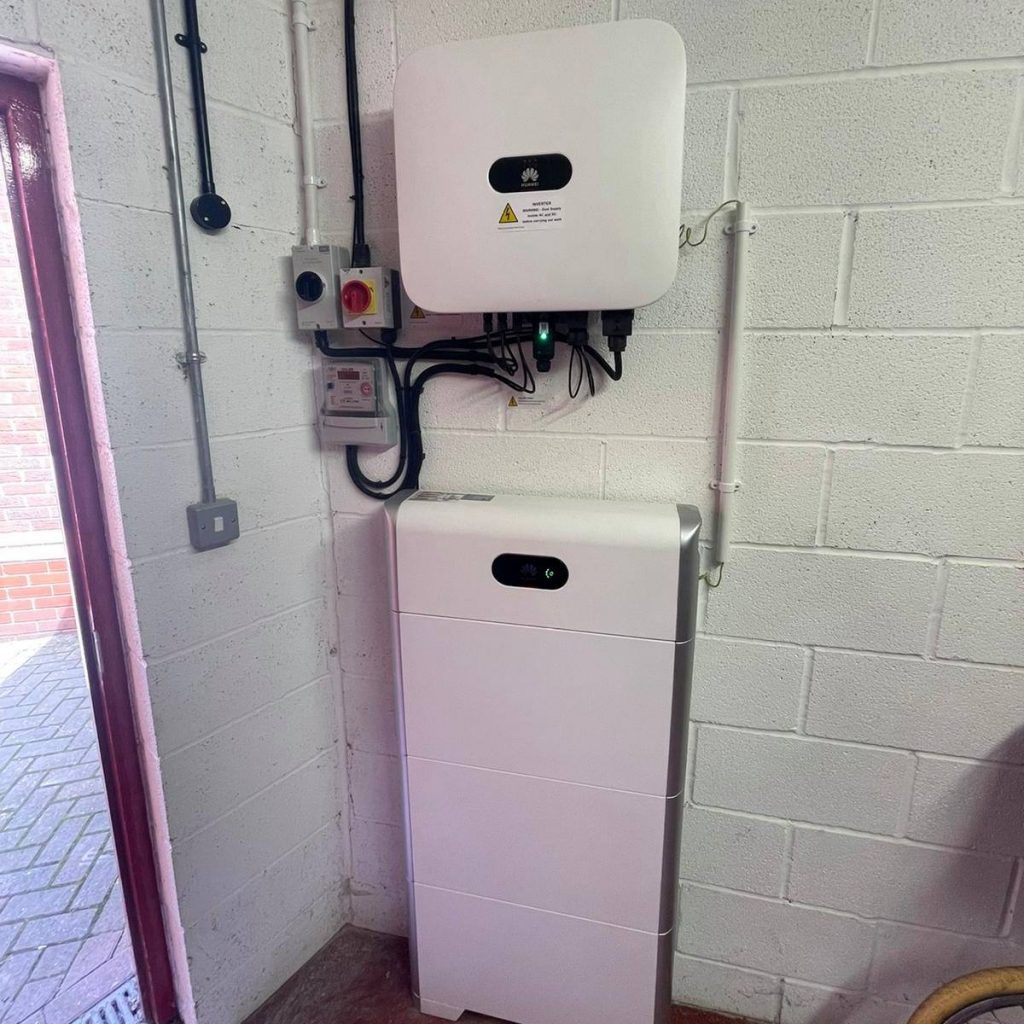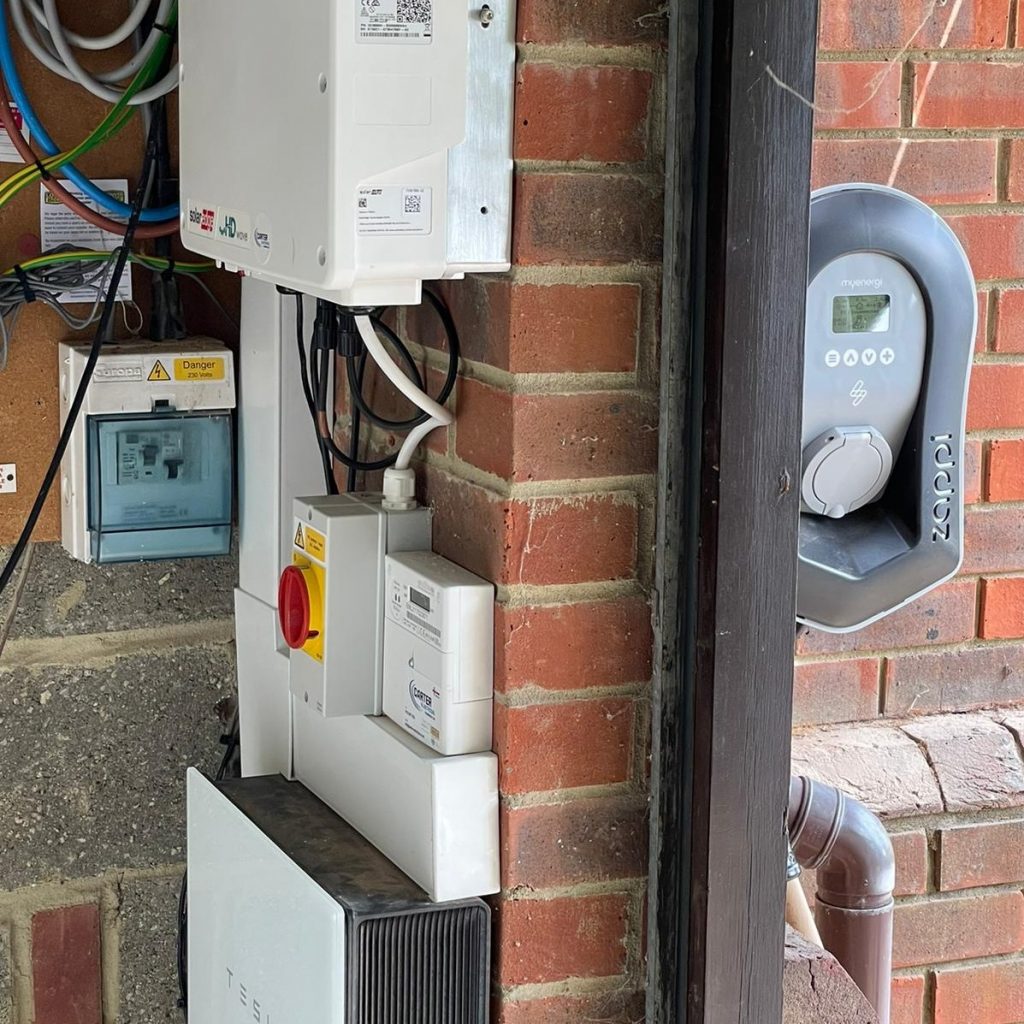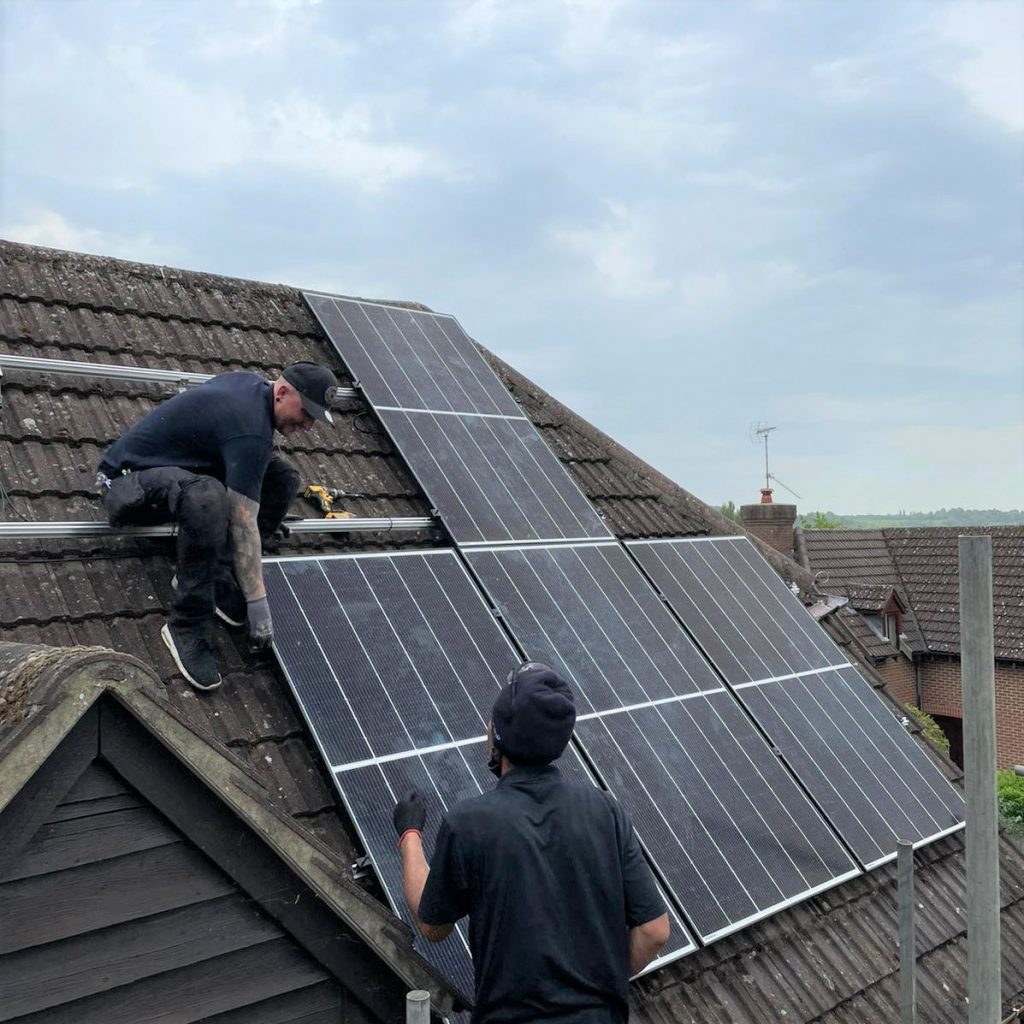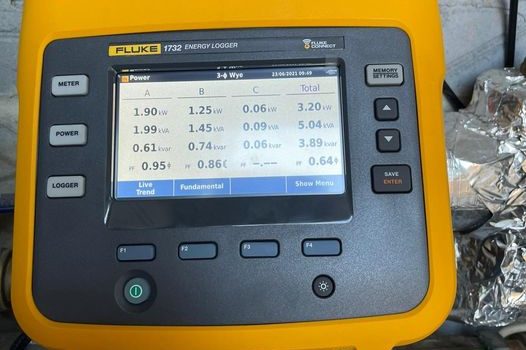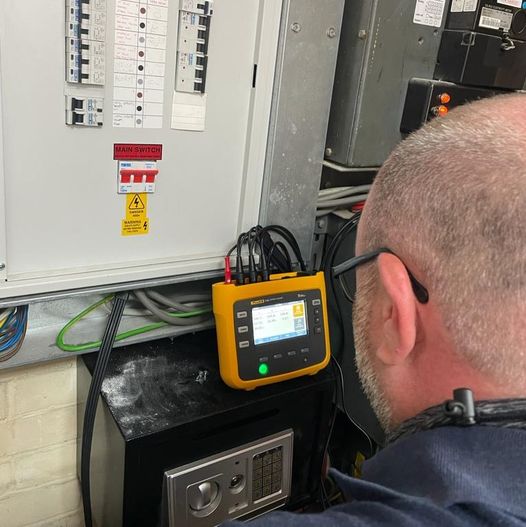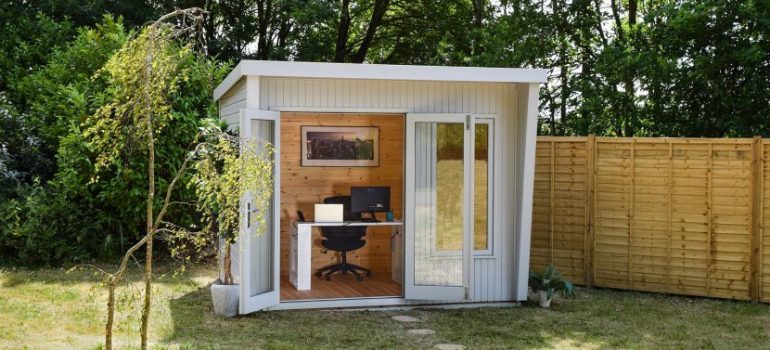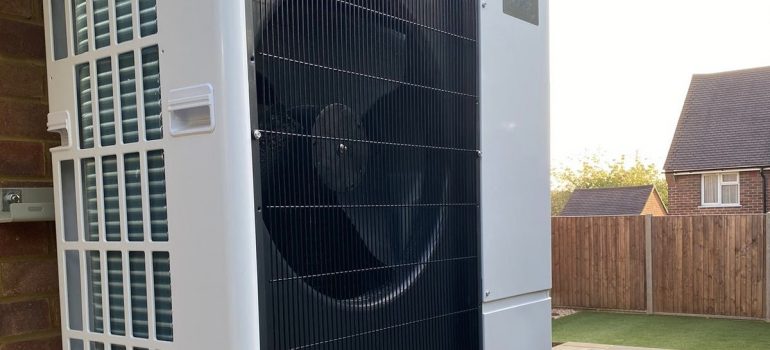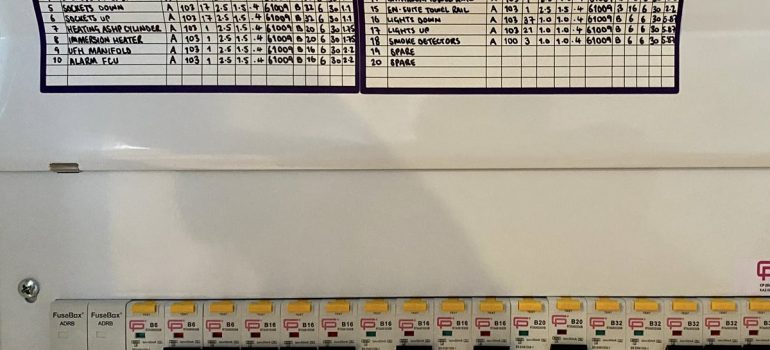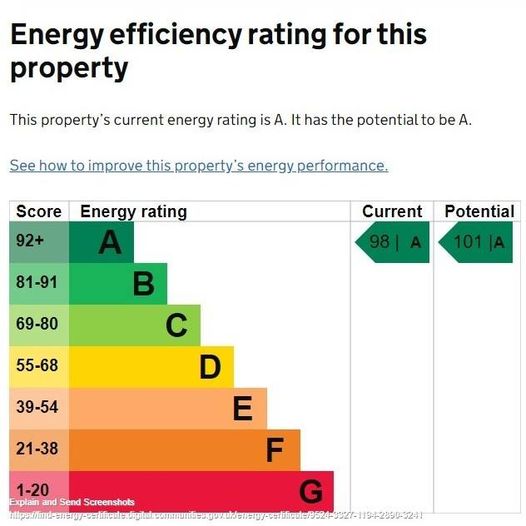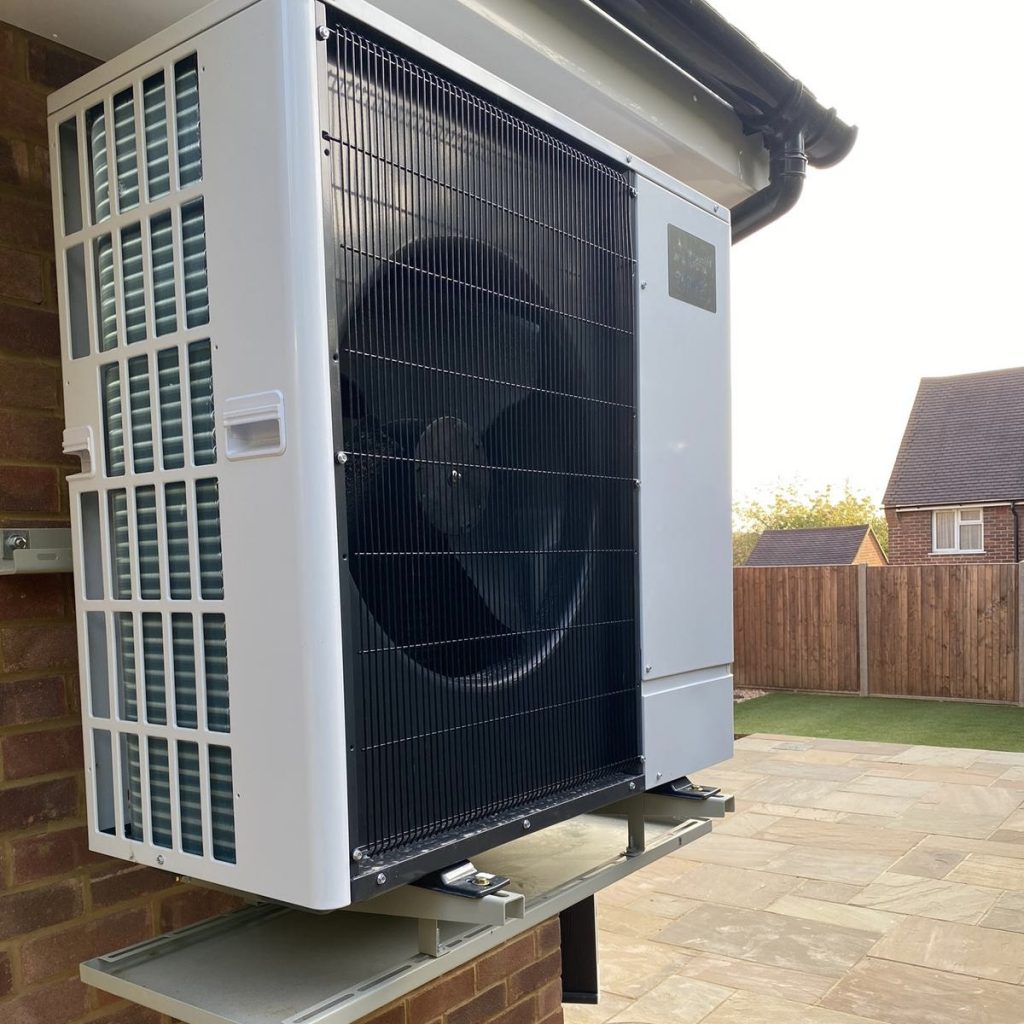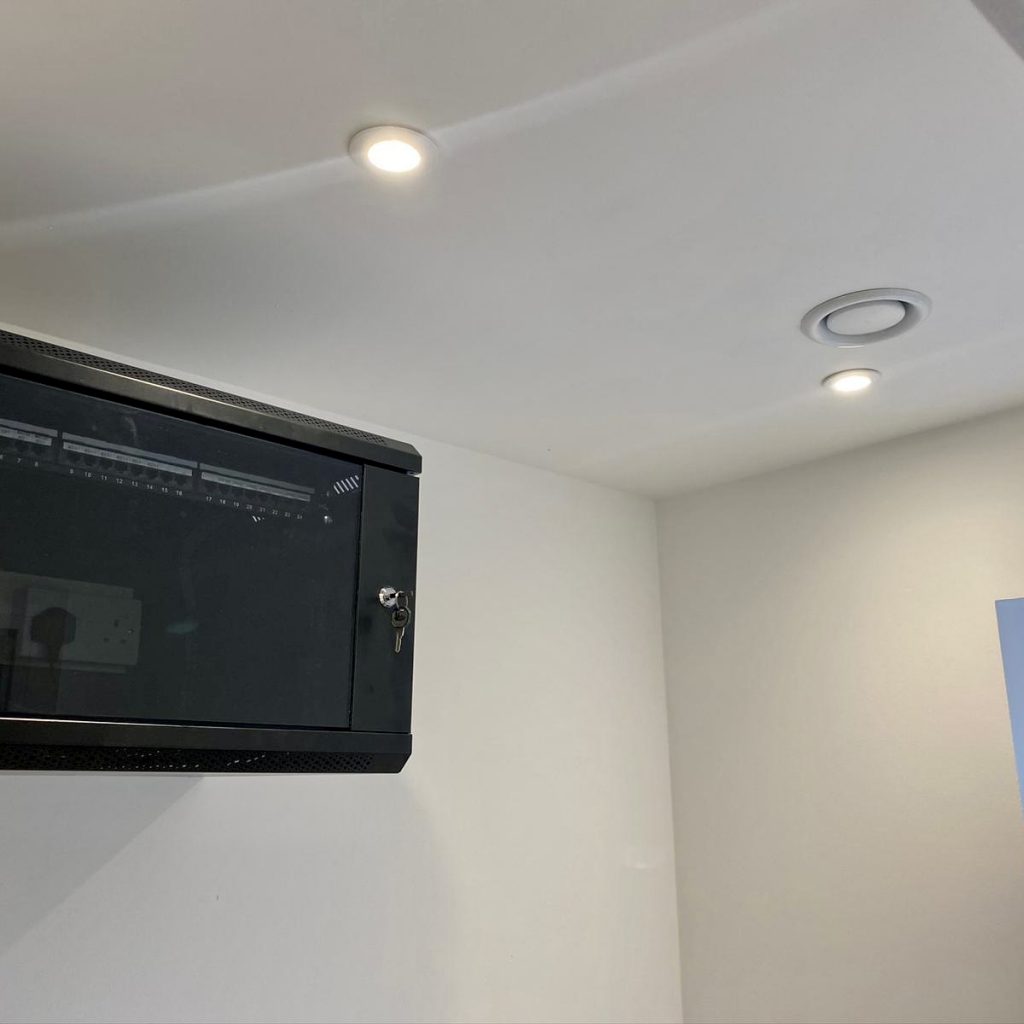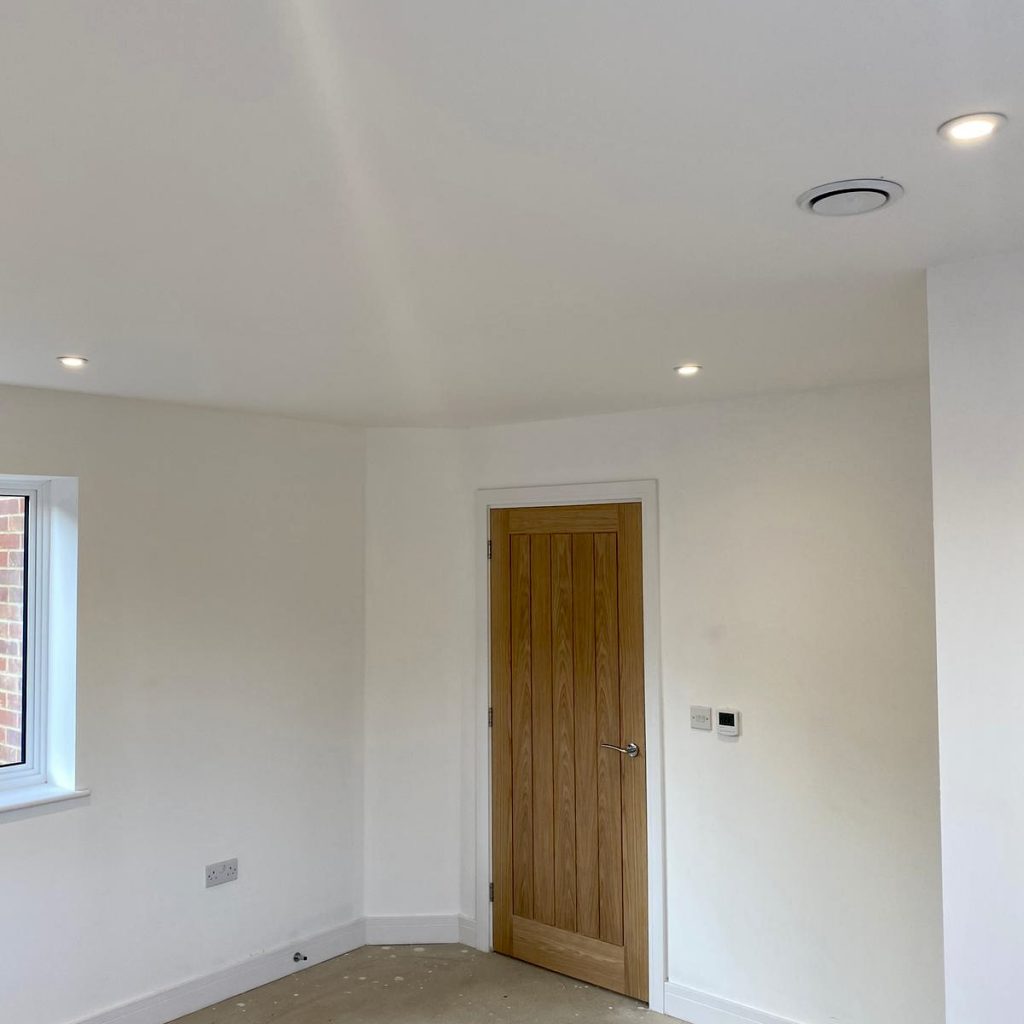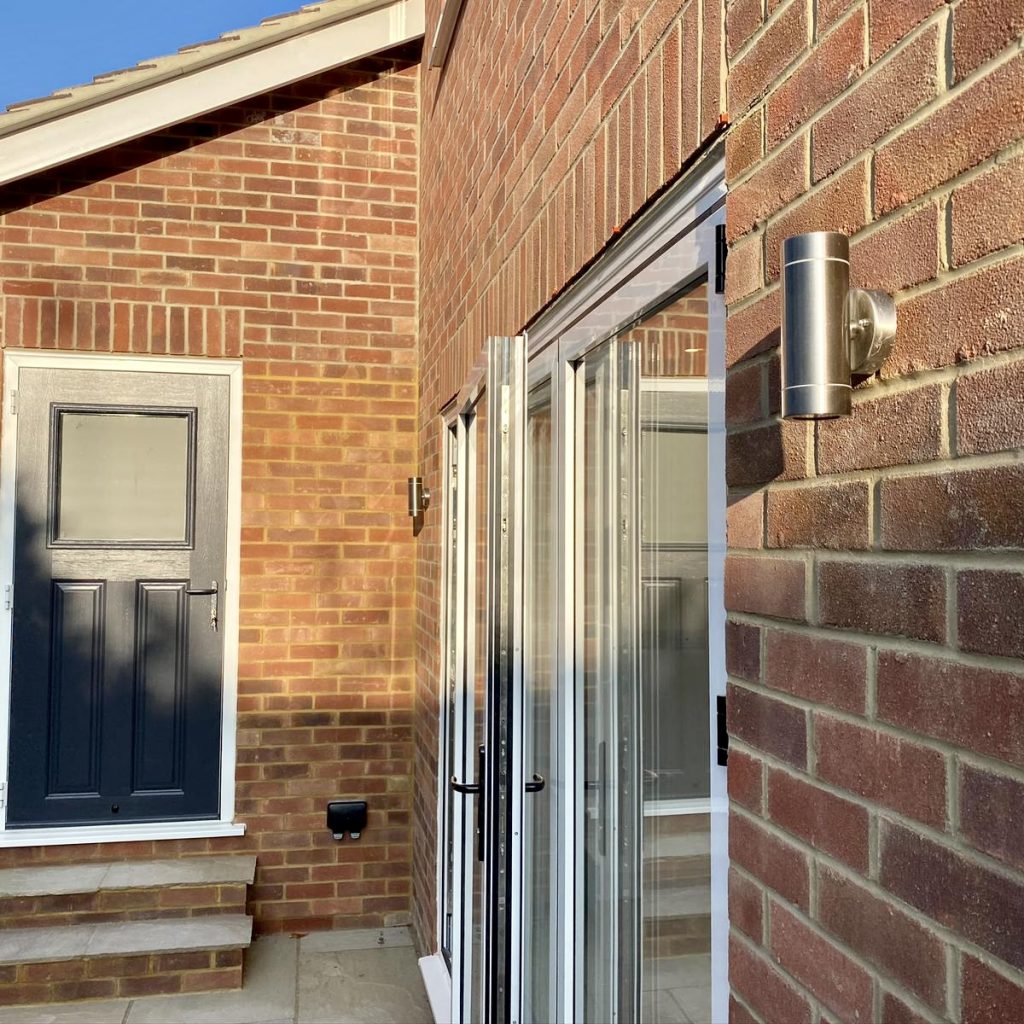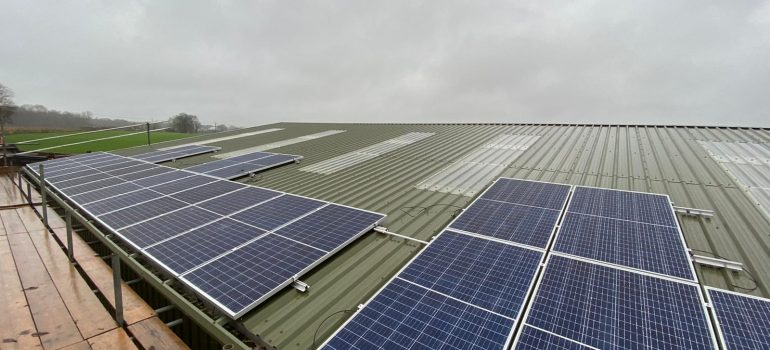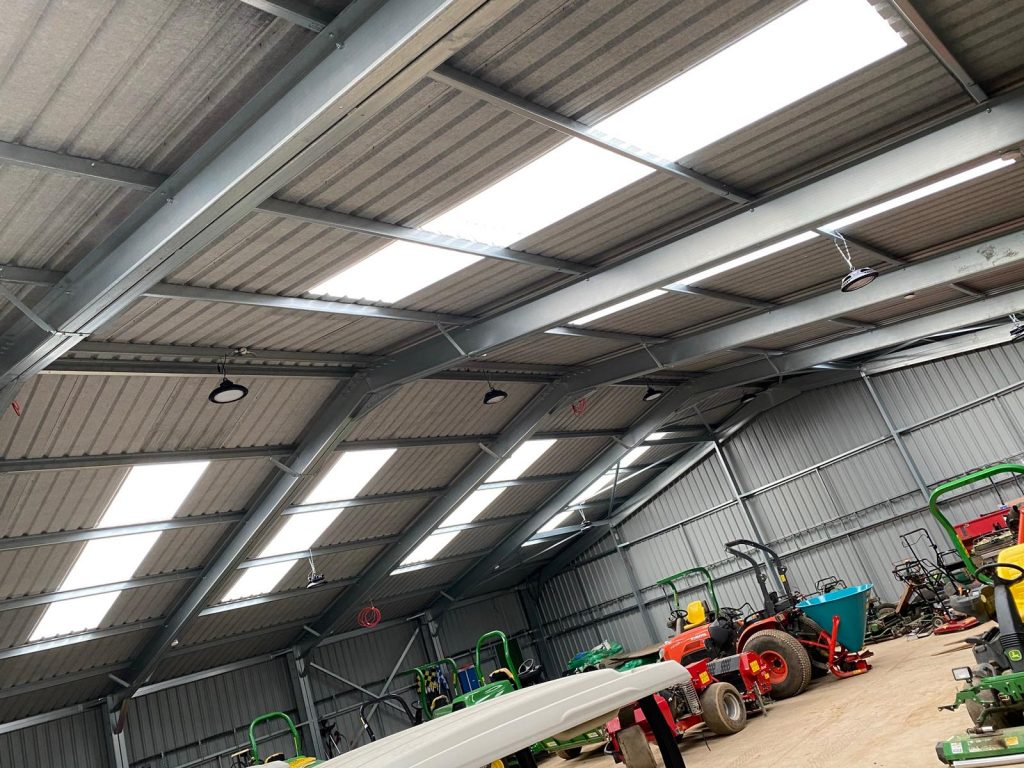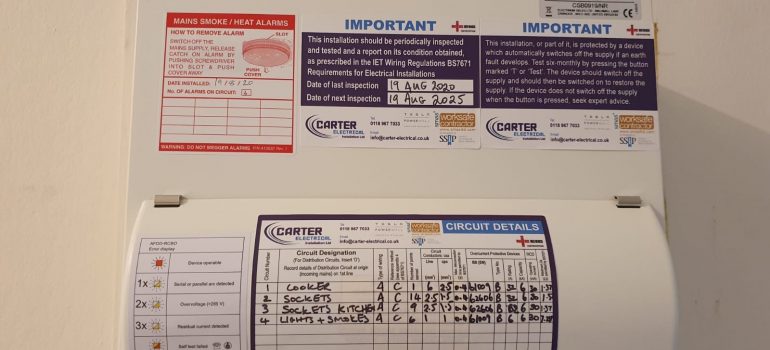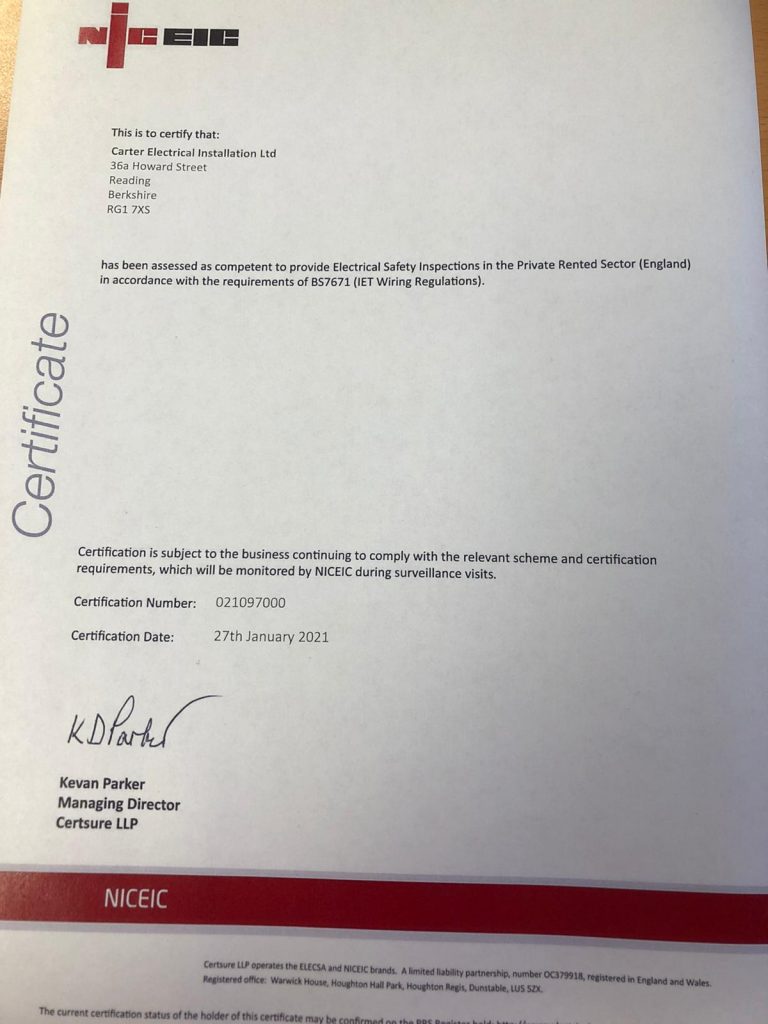Coming To You in 2022-Higher Energy Bills
The UK generates about half of its electricity from natural gas. ( Wind, solar and hydroelectric accounts for 25%, nuclear just under 12% and coal a little over 1%). With natural gas prices having soared from 56p per therm to around 190p per therm during 2021 (peak price was 451p per therm) electricity prices are expected to rise sharply in 2022. So far the energy crisis has seen 28 energy suppliers go bust. There is concern that consumers energy bills could double this year. The price cap for a standard variable tariff is presently at £1,277. This could be increased to around £2,000 in April, after Ofgem have reviewed the cap in February.
In previous blogs we have talked about the best ways to cut your electricity consumption and produce your own energy through Solar PV Panels. The inevitable rise of domestic energy prices in 2022 will drive the returns higher on reducing your own consumption and producing your own power. There could also be more Government incentives provided to consumers to encourage them to switch to greener energy.
Solar PV Panels
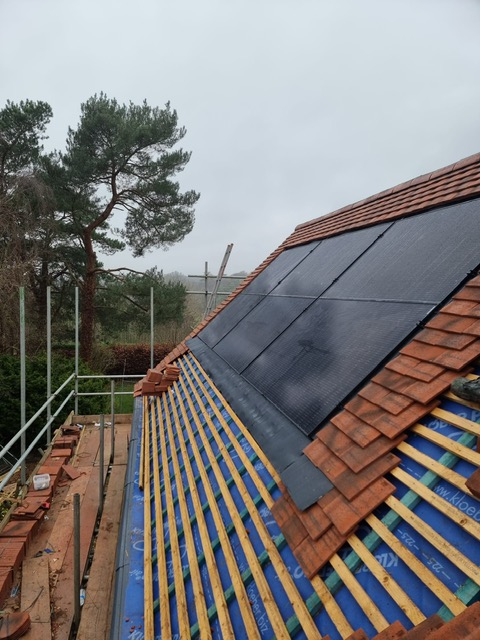
A recent Solar PV installation at Oakbank.
The price of a typical 3.5 kilowatt-peak solar panel system is about £4,800. Based on the Energy Saving Trust’s figures, it can take anywhere between 11 and 20 years to recoup the costs of installing panels for a typical home. This depends on where you live, how much electricity you use and when you use it. And also what you’re paid under the smart export guarantee.
You can use this Solar Energy Calculator to get an estimate of costs and savings of installing Solar PV Panels. Or why not get in touch with us here at Carter Electrical Installations and we can give you an estimate of costs and benefits?
And not forgetting commercial units. Here in the UK, a recent study suggested that covering 61 per cent of south-facing commercial roofs with solar PV could provide all the energy needed for UK businesses. This would save medium-sized and larger enterprises at least £30,000 a year on their energy bills.
Storage Batteries
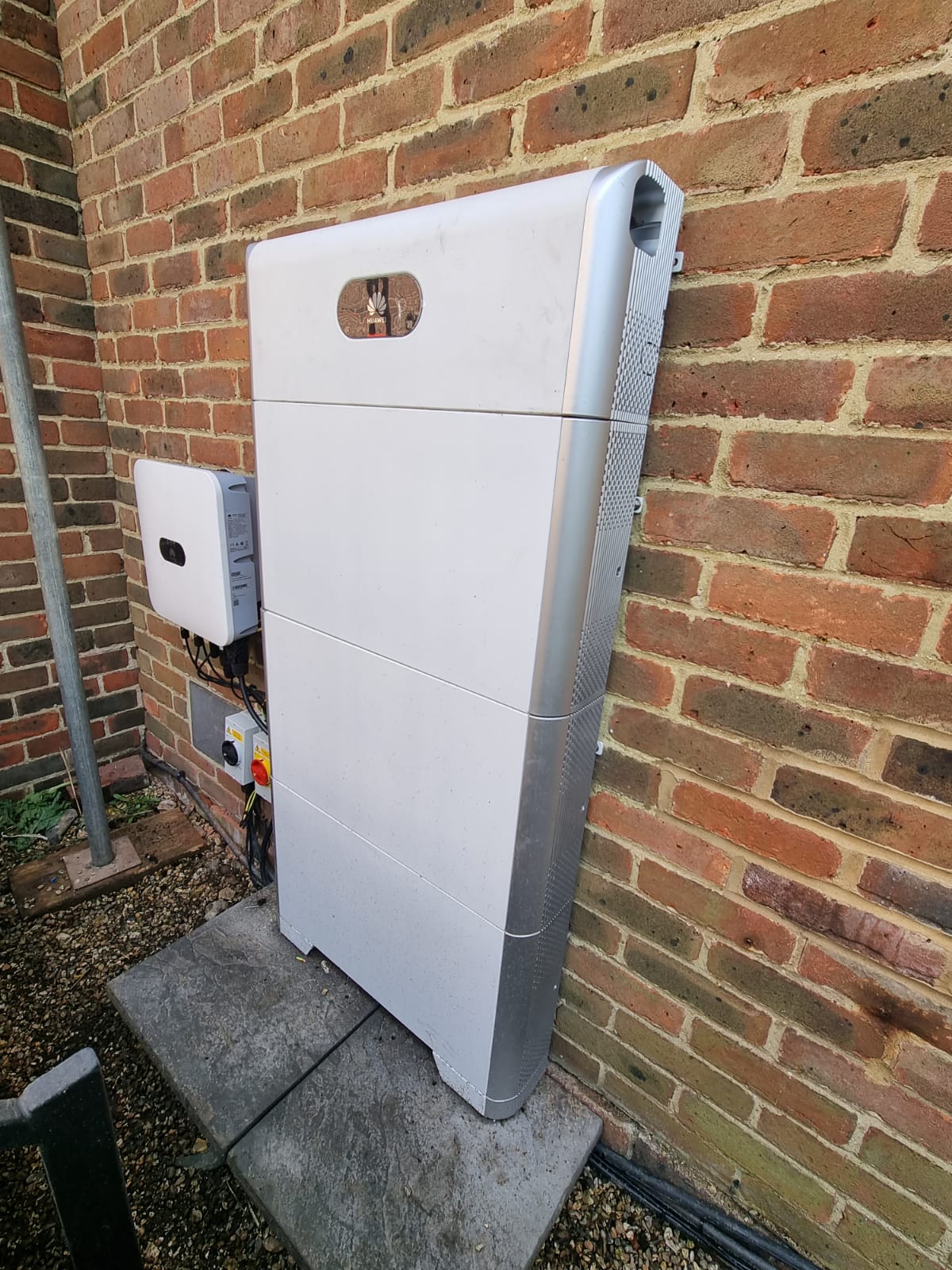
Installation of a storage battery in 2022.
A battery can store any excess power generated by your solar panels that you don’t use at the time, rather than exporting it back to the national grid. Surveys show that at present households without batteries only consume around 25% of power that Solar PV panels produce. The batteries cost about £4,000 to £8,000. We have a wide range of storage batteries that we can install depending on your needs.
The savings you make on your bills can be significant. The price you’re paid for each unit of energy you export to the grid is usually much lower than the price you pay your supplier for electricity. So, economically, it makes more sense to store the energy and use it yourself – with E.on saying a household with a battery could use 30% more of the electricity they generate themselves. Also if you have an electric vehicle you could be powering that very cheaply.
Another potential advantage of a battery is that it can increase the rate you get paid for exporting your electricity back to the grid. Some firms will pay many times more than the standard amount if you buy certain types of batteries.
